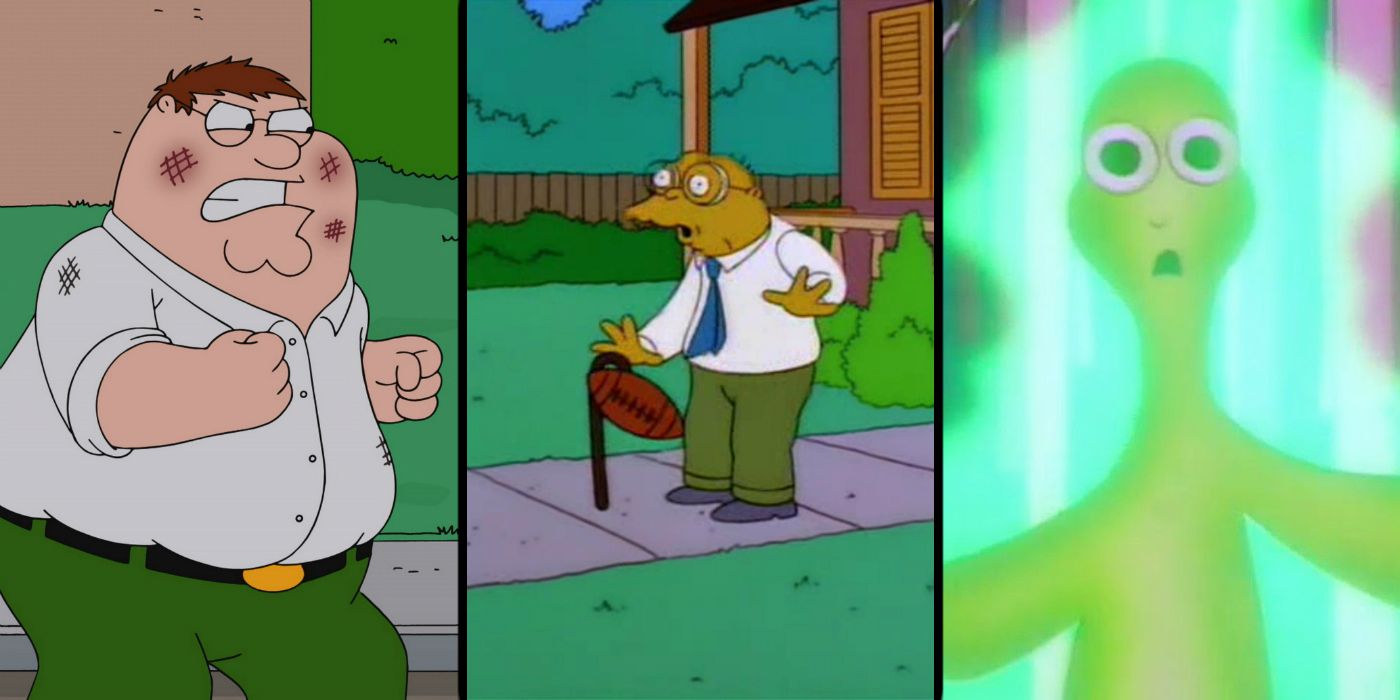
The crossover episode is a television staple, and a format that, unsurprisingly given its lengthy run, The Simpsons has utilized many times. While crossovers typically involve fictional characters from one show interacting with fictional characters from another, The Simpsons has also had crossovers with reality shows, brands, and televised events - resulting in some of its best episodes, along with some of its worst.
Due to the relatively short runtime of each episode, these crossovers can sometimes function as extended cameos, with narratives that parody the crossover brand. Couch gag cameos, like those involving Rick & Morty and Breaking Bad, are not proper crossover episodes, having no bearing on the central plot of the episodes that they appear in, despite being popular with fans.
The Simpsons: Why Homer's Voice Changed After Season 1
Rather, the crossovers discussed here matter to the plot or theme of the episode, and usually feature actors/celebrities reprising previous roles, as opposed to minor pop-culture references. Here's every Simpsons crossover episode so far.
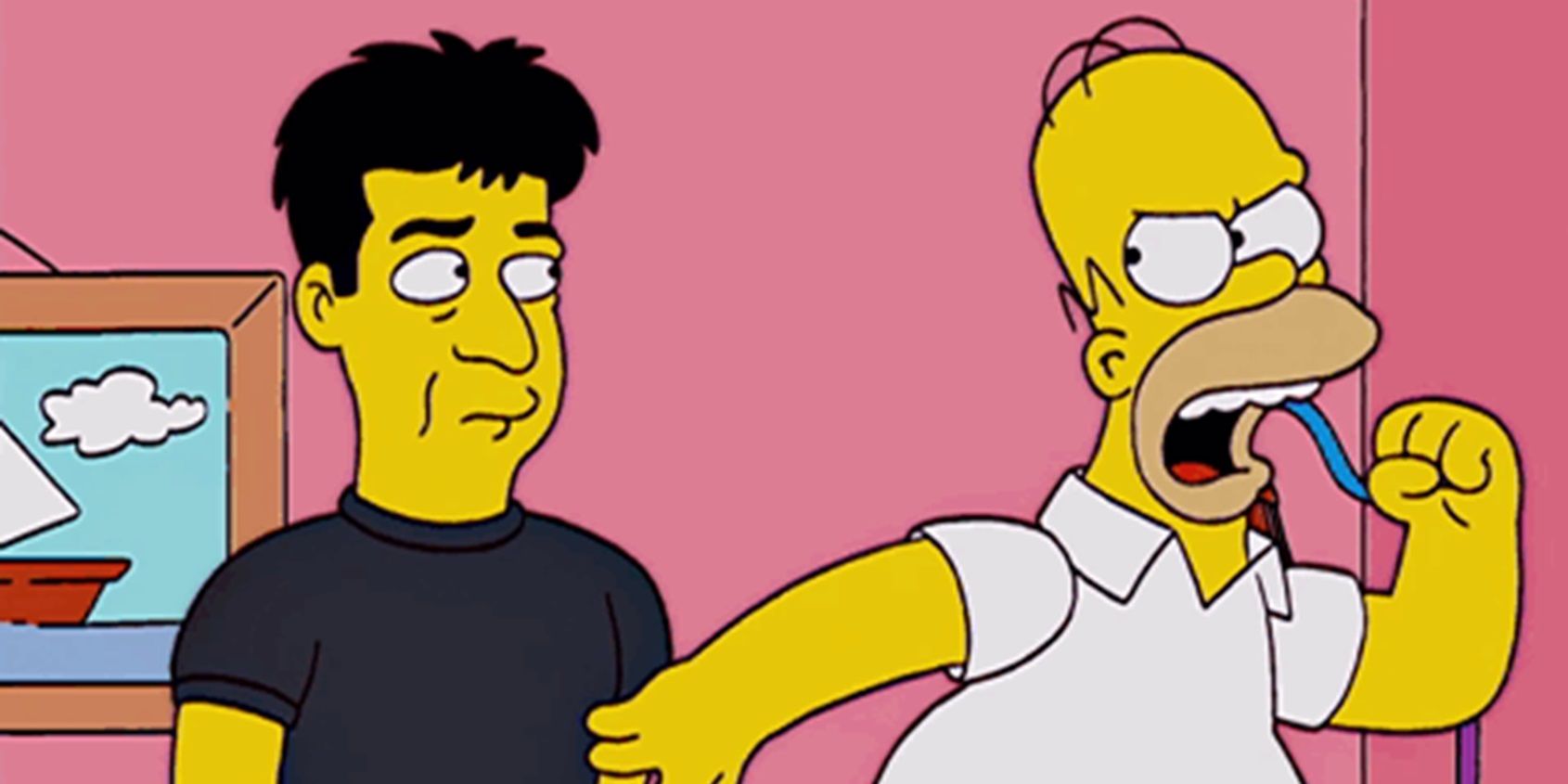
“We've heard your stand-up, now how about some shut-up?”
When Moe (Hank Azaria) displays a talent for judging talent, he is invited to become part of American Idol, and starts a fierce rivalry with fellow judge Simon Cowell. This is the laziest crossover of the bunch, playing like a big commercial for American Idol with little else to warrant its existence. Most of the humour is pretty stilted, with Cowell and the other guest stars - including Ellen DeGeneres - unable to draw many laughs. At the end of the day, American Idol feels like something that The Simpsons would satirize, rather than partner with. It doesn’t help that the Shrek franchise already produced a stellar crossover, Far Far Away Idol, wherein Cowell felt much more in on the joke.
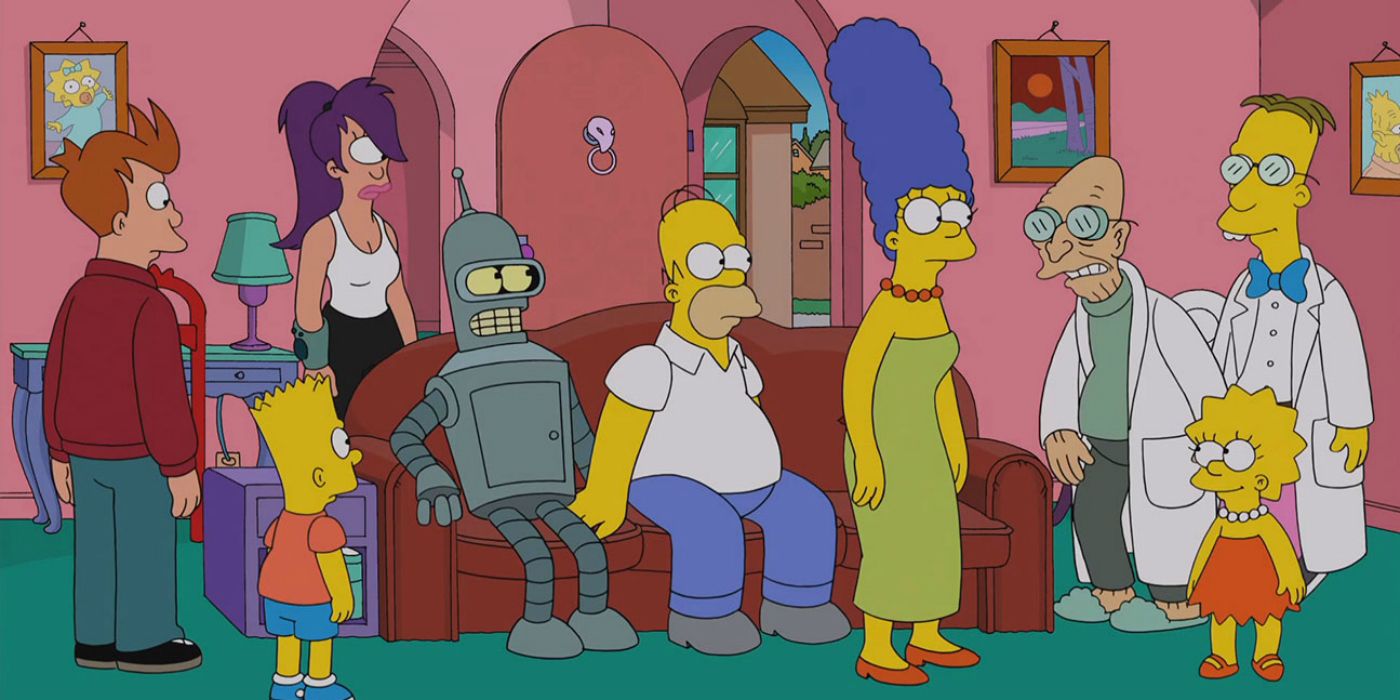
“A robot with a catchphrase!”
The Simpsons are visited by the Planet Express team, who have traveled in time to prevent a sinister future, overrun with creatures evolved from Bart’s DNA. A crossover between The Simpsons and Futurama, Matt Groening’s other animated show, was bound to happen eventually. That said, it’s a lackluster affair, damaged by its limited runtime. We barely get to see the characters interact, and the sci-fi plot is over before its even begun. Beyond watching Bender (John DiMaggio) interact with Homer (Dan Castellaneta), and a few decent sight-gags, it’s inoffensive at best and boring at worst.
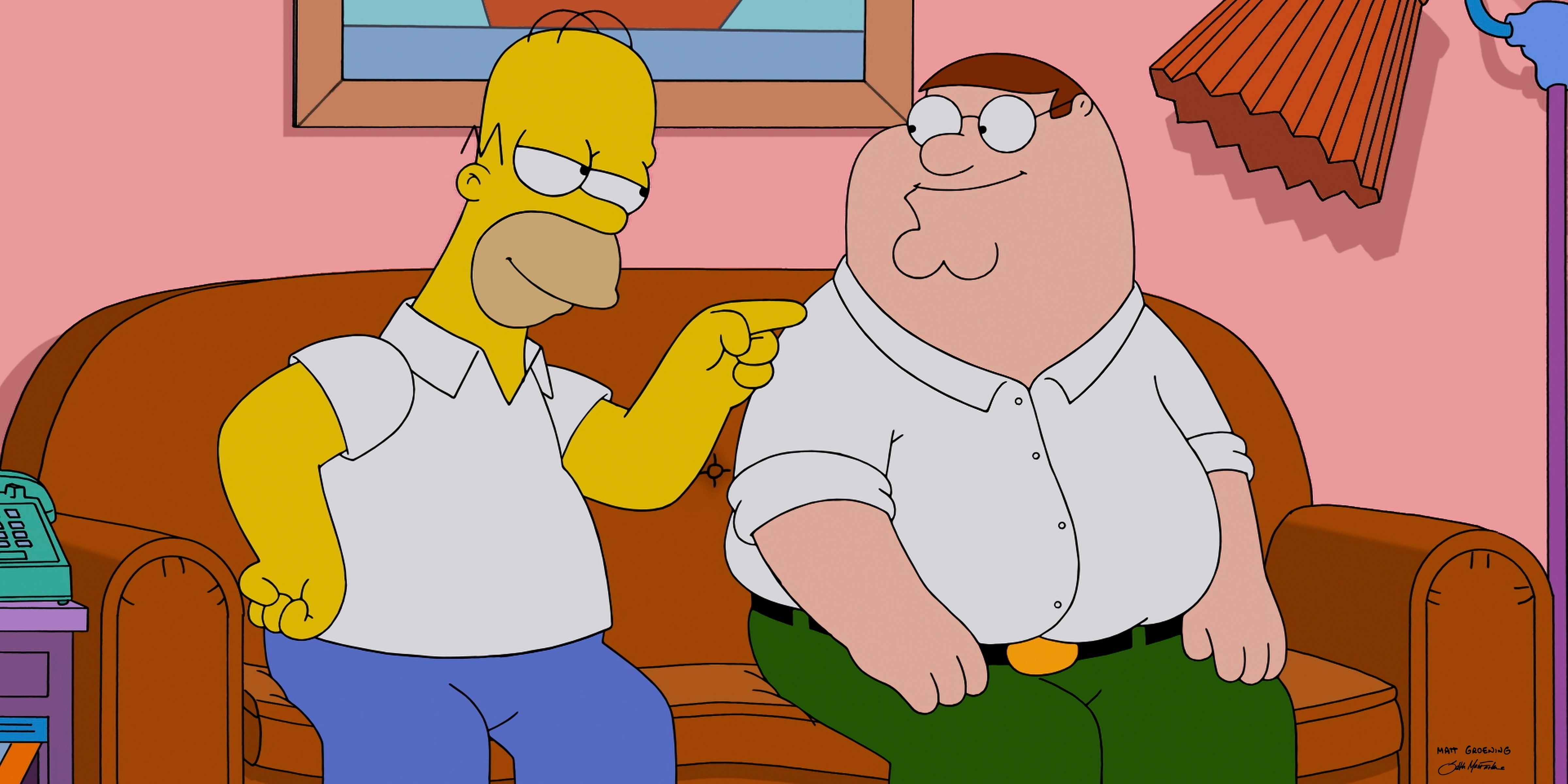
“Worst. Chicken fight. Ever.”
The Griffin family flee their hometown after Peter (Seth MacFarlane) angers the locals, but their car is stolen and they end up stranded in Springfield - crossing paths with the Simpsons. Though the majority of this crossover takes place in Springfield, make no mistake - this is a Family Guy episode, and operates as such. Shock humour is the order of the day, and there’s a lot of it, considering the extended, 44-minute runtime. The episode frequently acknowledges that the crossover is ill-advised but, unfortunately, that doesn’t make any of it funnier. Some sequences, such as the sexy car-wash montage with Peter and Homer, are mildly disturbing, while others are downright offensive. At the end of the day, Family Guy is generally mean-spirited, while The Simpsons - at its best - is defined by its warmth. The two sensibilities clash horribly, creating a cringe-inducing, if memorable, crossover.
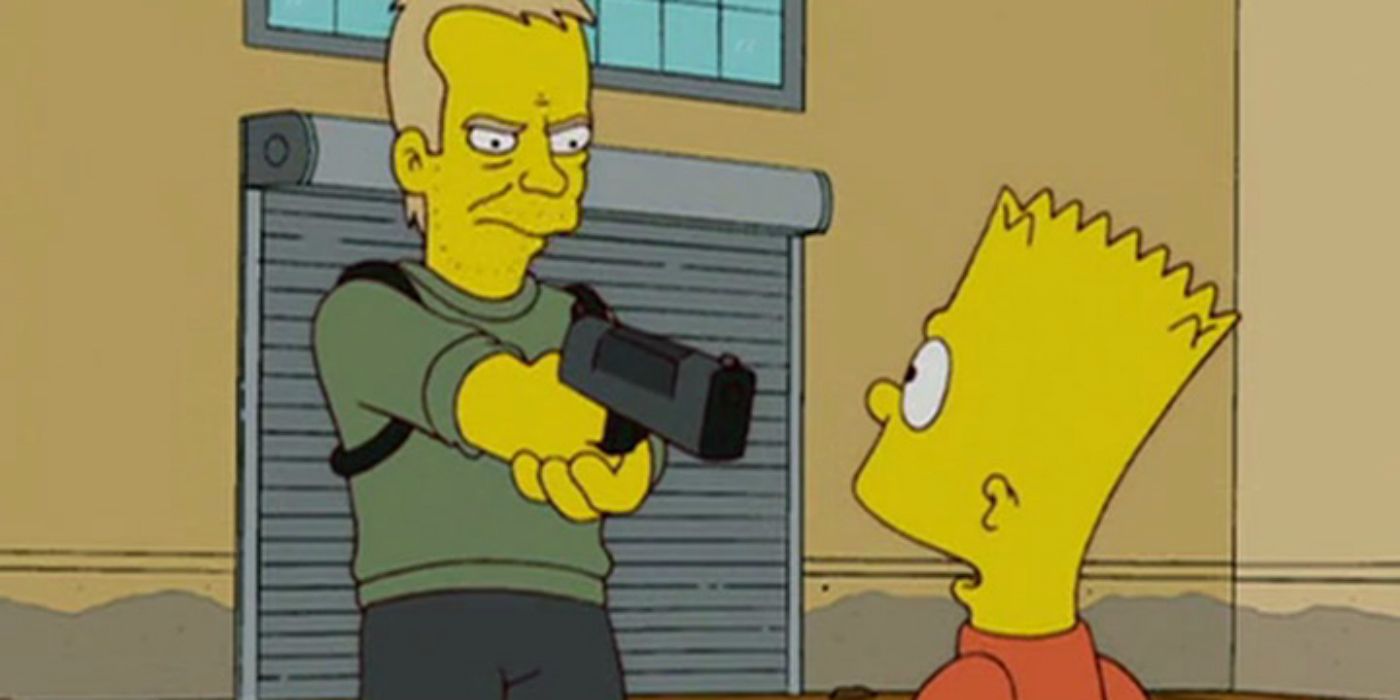
“Previously on ‘24’... I mean, ‘The Simpsons’.”
Working with the Counter Truancy Unit, Bart (Nancy Cartwright) and Lisa (Yeardley Smith) race to stop a stink bomb from detonating at the Springfield Elementary bake sale - encountering Jack Bauer (Keifer Sutherland) and Chloe O’Brian (Lynn Rajskub) along the way. Adopting the style and storytelling techniques of Fox’s 24, this episode is an accurate parody - but loses some of The Simpsons' usual charm (along with the traditional couch gag) amid clever pastiche. Nonetheless, it’s a fan favourite, with Kiefer Sutherland’s extended cameo among the best that the show has to offer, and the juxtaposition of the thriller format with the fairly mundane setting is intellectually pleasing, even if it doesn't necessarily translate into riotous laughter throughout.
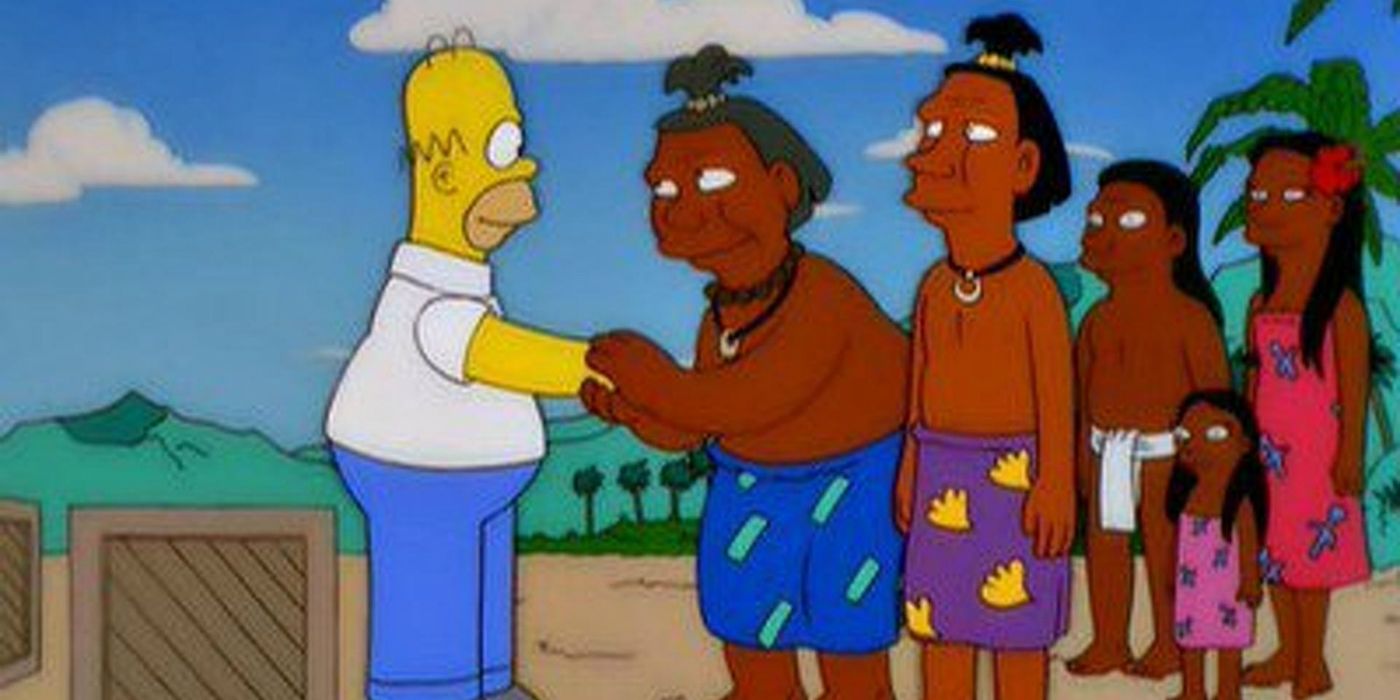
“Dad, are you licking toads?”
Homer pledges money to PBS that he doesn’t have, incurring the network’s wrath, and flees the country to become a missionary in Micronesia. This episode is probably the most political crossover that the show has ever done, praising PBS to spite the Fox network (then-owners of The Simpsons) and undermine Fox-owner Rupert Murdoch’s alleged attempts to eradicate public broadcasting. As such, it’s not the most outwardly funny episode, but features biting satire, Betty White, and a slew of PBS-related cameos, such as Mr. Rogers, the Teletubbies, and various Sesame Street characters. It also ends on a wonderfully meta note, with Fox running their own pledge drive. Bart pledges money and Murdoch states that Bart has saved the network. His response: “Wouldn’t be the first time.”
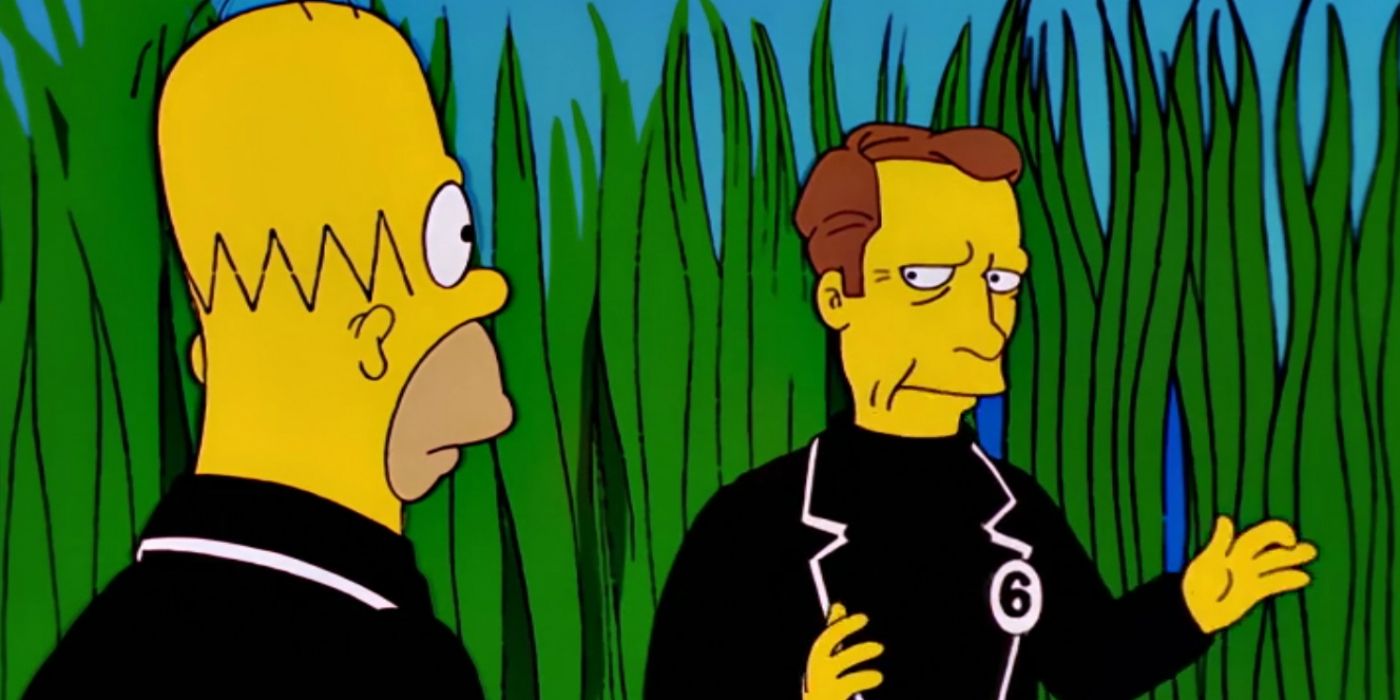
“Ack. There is no ‘emoticon’ to express what I am feeling right now.”
Homer buys a computer, creates a fake news website, and becomes the target of a shady organisation who imprison him on a mysterious island. There he encounters Number Six (Patrick McGoohan).and things only get weirder from there. This episode is certainly the strangest on the list, crossing over with The Prisoner - a British, sci-fi show from the 1960s about a secret agent who wakes up imprisoned in a strange, dream-like village. McGoohan, who co-created and starred in the cult series, only has a cameo in the episode, but the island sequence is full of direct references - dividing fans, depending on whether they recognise the subject of its parody or not. Either way, it’s one of the most surreal crossover episodes in TV history, and the fake news aspect has become increasingly relevant in today’s climate. By looking to the past, this episode of The Simpsons spoke to the future - and is definitely worth revisiting.
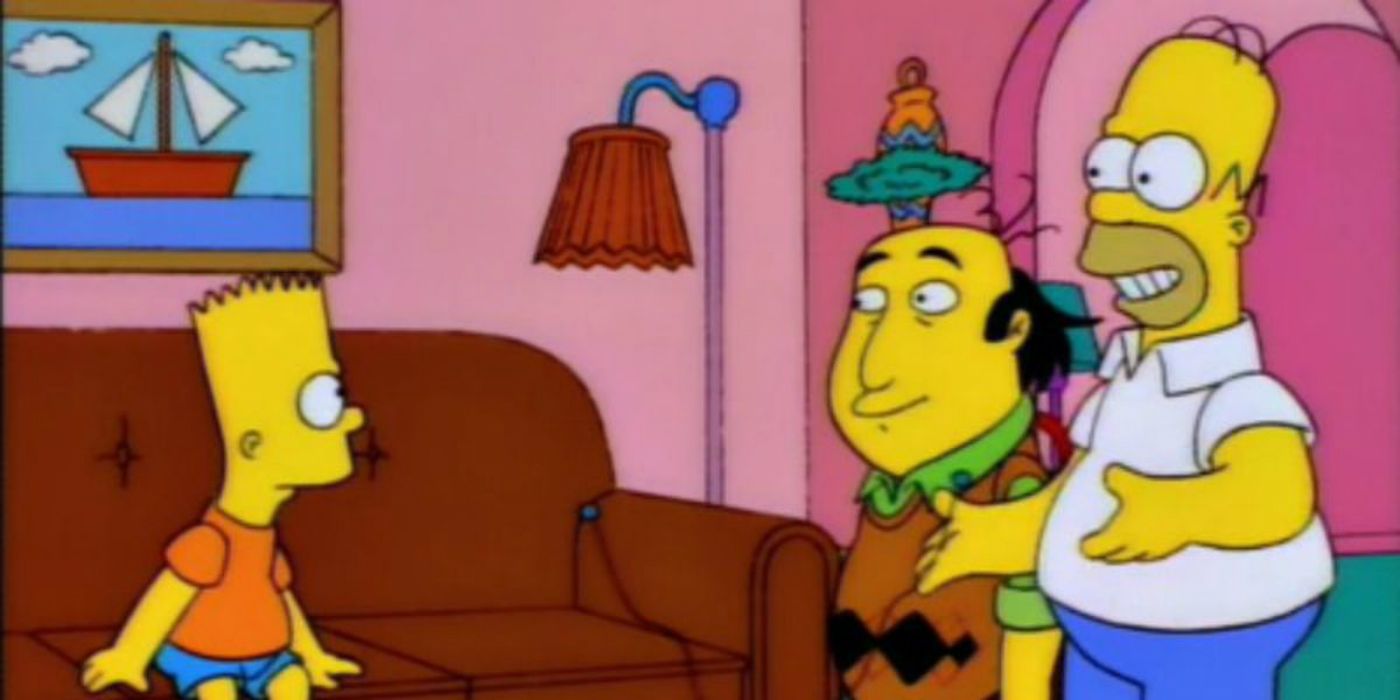
“Barney's movie had heart, but Football In The Groin had a football in the groin.”
The people of Springfield decide to host a film festival, and invite famous critic Jay Sherman (Jon Lovitz) to judge their efforts. You’d be forgiven for not realizing that this one was a crossover, given that The Critic - Jay Sherman’s show - was originally cancelled after two seasons, before experiencing a brief web-revival in the early 2000s. That Lovitz is a regular guest star on The Simpsons anyway only adds to the confusion. In any case, it’s a pretty seamless crossover - the film festival aspect providing the framing device for a series of funny, disconnected sketches. Despite its understated execution, with Sherman feeling like a natural addition to the sprawling ensemble, the crossover proved controversial with Simpsons-creator Matt Groening, who felt like it sullied the integrity of the show. Regardless, “Boo-urns!” and Barney’s art-house film, “Pukahontas”, are definitely fan-favourite moments.
Related: The Simpsons Episode Matt Groening Refused To Be Credited On
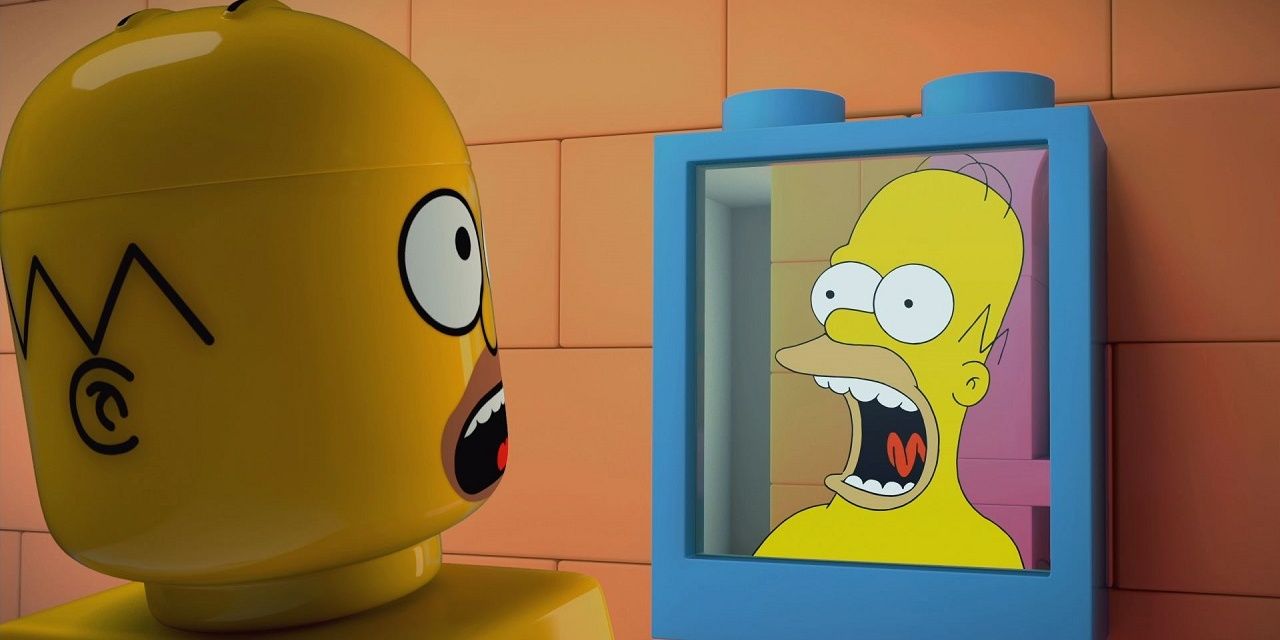
“Kiss my flat, plastic butt, reality!”
Homer wakes up in a world where Springfield, and its inhabitants, are all made out of Lego. Things take a turn when Lego Homer has visions of regular Homer and is forced to question his reality. While this episode could have easily been a cynical cash-grab, it is surprisingly sweet and experimental - utilising a different animation style than normal by rendering the Lego world with CGI. Though it doesn’t feature any crossover characters (save for a fleeting reference to The Lego Movie), the episode captures the spirit and ethos of the Lego brand, without sacrificing any of the comedy that makes The Simpsons great. While it may feel a bit saccharine at times, this episode comes close to replicating the heart present in the show's glory run (generally accepted as seasons 3 through 8) and should be praised for its inventiveness.
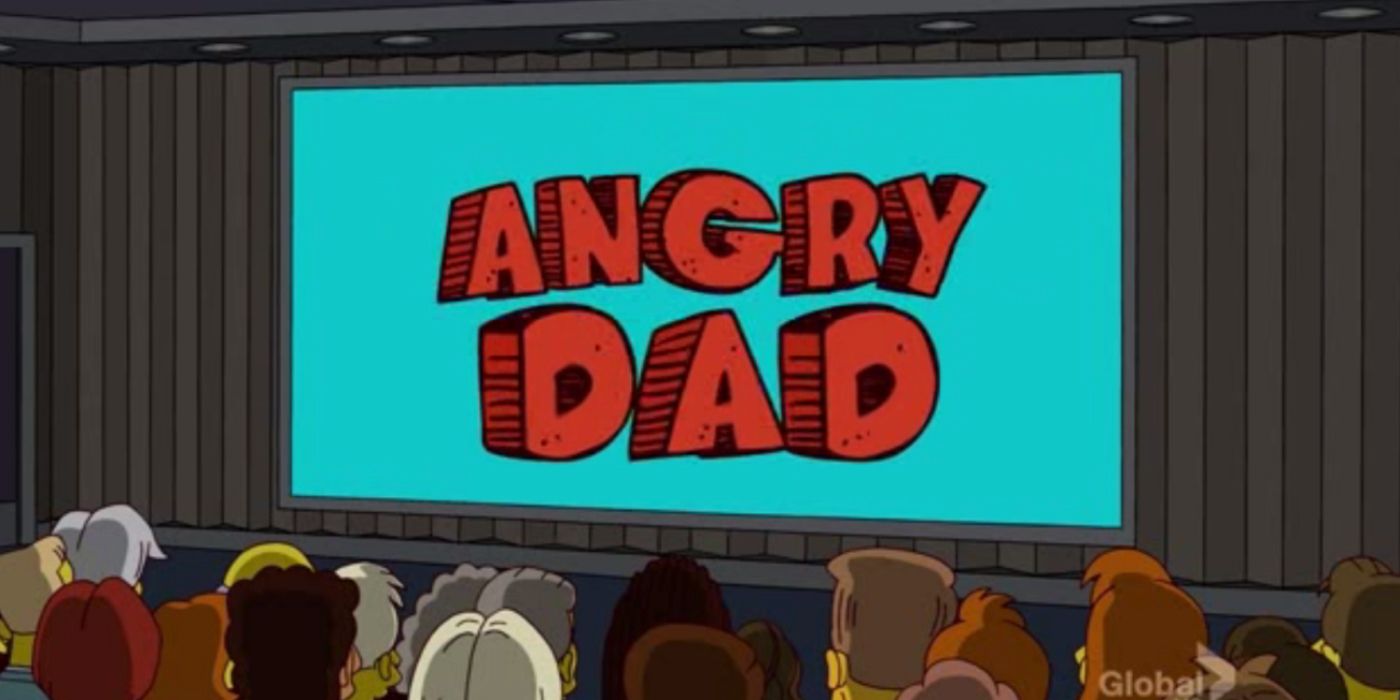
“And the winner is... not going to be announced until we see a lengthy clip from each short.”
Bart’s web cartoon attracts Hollywood attention, and the subsequent short film adaptation is nominated for numerous awards - culminating in an Oscar. Like “A Star Is Burns”, this episode is basically an excuse to run various sketches without having to contextualize them within the narrative - and, boy, do they get some big laughs. Toy Story, Wallace and Gromit, The Triplets of Belleville, and Persepolis are all parodied, each rendered in a wildly different animation style, which results in a wonderful love-letter to the medium itself. While not a formal crossover, the plot centers around the televised Awards Season; the Hollywood Foreign Press are name-checked; and the episode features a hoard of famous guest stars, including Halle Berry, Russell Brand, and Ricky Gervais - riffing on his controversial appearances as the host of the Golden Globe Awards. Unlike “Judge Me Tender”, which felt like a commercial, this episode satirizes the pomposity of its subject (awards season) while fundamentally celebrating the same thing: Art.

“Your story is very compelling, Mr. Jackass, um, Simpson. Let me just type it up on my invisible typewriter.”
Homer’s claim of an alien sighting falls on deaf ears in Springfield, but the FBI soon get involved - sending agents Fox Mulder (David Duchovny) and Dana Scully (Gillian Anderson) to investigate. The Simpsons at its most eerily atmospheric (aside from the regular "Treehouse of Horror" skits), this episode is a loving parody of The X-Files, featuring an extended cameo from the sci-fi show’s stoic leads. Anderson and Duchovny give delightfully droll performances, the episode features some of the best sight gags in the show’s history, and Mr. Spock himself, the late Leonard Nimoy, serves as the Narrator. Finally, we are gifted an overly-elaborate explanation for Homer’s alien sighting that is both absurd and gut-busting in equal measure.
The Simpsons: How Much Homer Actually Makes At The Power Plant
from ScreenRant - Feed https://ift.tt/30P7ECE


0 Comments